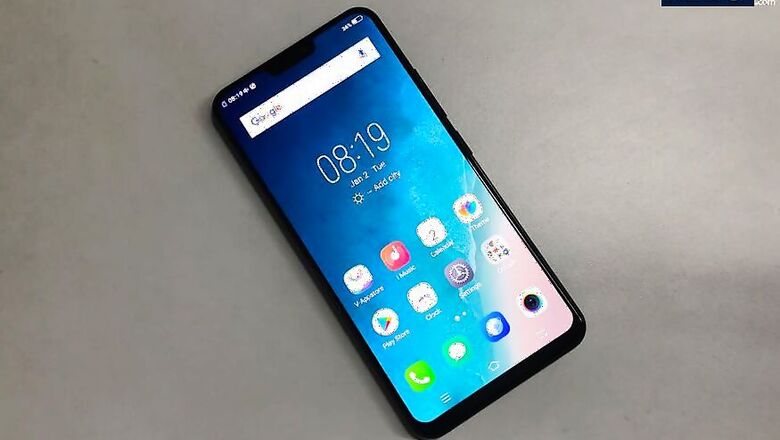
views
Smartphone makers across the globe are tied up in a tight race to bring out the most screen to body ratio in their smartphones to offer a completely bezel-less and immersive experience to the users. Most have tweaked the existing design of their smartphones by shifting the fingerprint sensor to the back in order to expand the display area. While this works to deliver an increased screen size, the practice is not very feasible as many a times users are left searching for the fingerprint sensor with their finger due to lack of its direct visibility.
Enter Vivo, the global smartphone brand that made its debut in India in 2014. In its latest technological advancement for its smartphones, the company has come up with an under-display fingerprint sensor. While the technology was first featured at the Consumers Electronics Show (CES) 2018 in Las Vegas, the company has now introduced the feature in its latest smartphone offering in India, in the form of the Vivo X21.

Launched on May 29, the Vivo X21 comes as a flagship smartphone by Vivo that offers the industry’s first-ever In-Display fingerprint sensor. This means that the fingerprint sensor on the Vivo X21 has been embedded inside the display of the smartphone and does not appear as a separate unit, essentially providing a larger display size with the ease of having the sensor right at the front.
Vivo explains that when a user's finger touches the screen of the Vivo X21, its OLED display emits light to illuminate the finger. The optical fingerprint sensor below the OLED display captures the light reflected by the fingerprint. Based on the reflected light from the unique ridges on the fingerprint, the sensor processes the optical signals to deliver crisp and sharp fingerprint images for matching.
When fingerprint recognition is needed, such as when the screen is off and for unlocking apps, a fingerprint recognition icon will appear on the screen for users to press for immediate authentication. The fingerprint icon is otherwise invisible to ensure a seamless mobile experience.
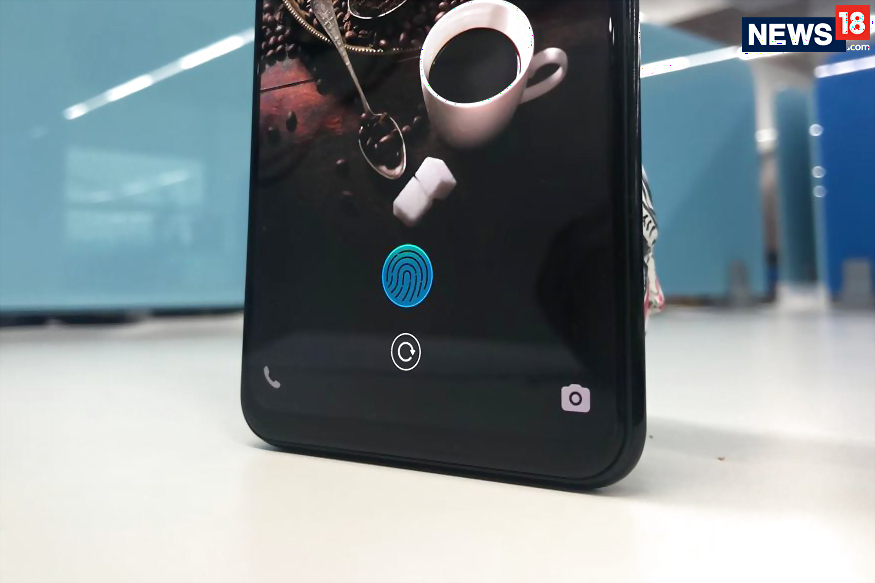
To further deliver an immersive experience to the users through its OLED display, the company has also opted for a notch display on the Vivo X21. This allows the notifications and status icons to appear on either sides of a notch at the top of the display, thus providing a larger usable screen area to the user for a seamless experience. Notch display is the latest trend in smartphones and Google has promised to bring updates around the same in its upcoming Android P.
Vivo X21 sports a 6.28-inch Super AMOLED FullHD+ display that offers a 2280x1080 pixels resolution. The display quality, along with a large display size and minimal bezels, delivers a sharp, crisp and totally immersive viewing experience for the users that is perfect for binge watching high-definition content and playing graphics intensive games on the device.
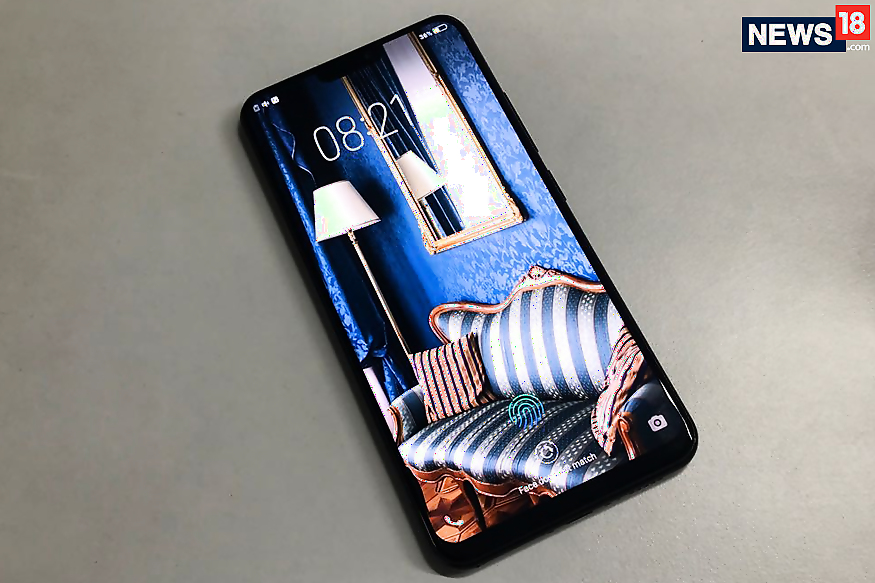
To make the Vivo X21 a powerhouse for extensive smartphone users, the company has used an octa-core Qualcomm Snapdragon 660 AIE SoC on the device. The chipset is able to effectively utilize CPU resources for complex AI and neural computing. Complementing the Qualcomm processor is a 6GB RAM and a 128GB internal storage on the Vivo X21 to increase the speed of launching, loading and switching even large and complex mobile games.
The Snapdragon 660 on the Vivo X21 also uses Artificial Intelligence to provide a user-centric performance. The AI familiarizes itself with the user’s preferences, and tailors its settings accordingly. It intelligently allocates system resources in real-time, enhancing power efficiency and performance. It also manages all apps running in the background and prioritizes memory space to commonly used apps. The AI also helps in gaming as the system automatically adjusts the CPU to optimize performance according to the game’s resources for a smoother gaming experience. The AI Game Mode on the X21 even prevents accidental touch operations, ensuring gamers only make the moves they intended.
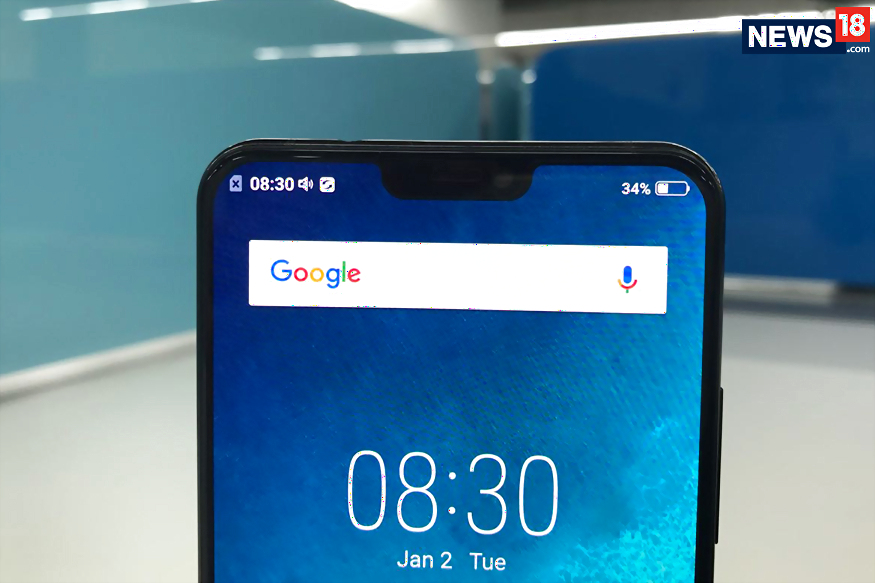
In terms of optics, the Vivo X21 comes with a dual camera setup at the back that comprises of a 12-megapixel primary sensor coupled to a 5-megapixel secondary sensor. The 12-megapixel sensor on the X21 features Dual Pixel Sensors, which enable a larger photographic area of each pixel, resulting in a total of 24 million photographic units. Thanks to this, the X21’s camera significantly boosts picture clarity. What’s more, the Dual Pixel Sensors work for both the front as well as the rear camera. The Dual Pixel sensors also empower a fast focusing technology that enables the X21 to focus quickly and capture depth of field data in every pixel.
The camera capabilities of the Vivo X21 are further enhanced by the use of Artificial Intelligence in aspects like Scene Recognition and Face Beauty. The AI Scene Recognition algorithm learns from a large database of almost one million photos to detect different scenarios and adjust settings such as saturation, sharpness and brightness to achieve the best results. Vivo says that the X21 can detect and identify 18 tags and 140 scenarios such as portraits, food and plants to actively adjust photography settings and effects to make it easy for the user to capture a great photo.
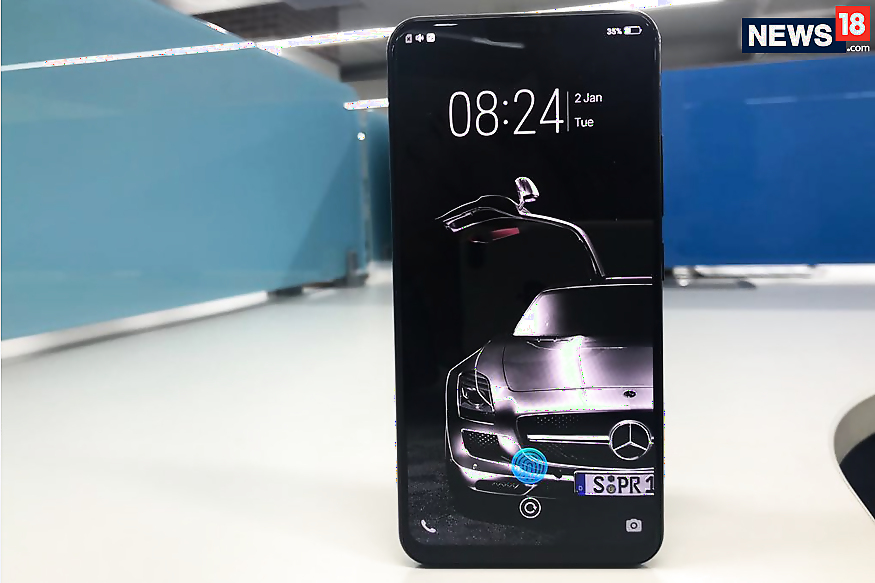
Meanwhile, the AI Face Beauty on the smartphone is able to identify the subject’s sex, skin tone and surrounding lighting environment to create the ideal lighting and facial enhancement settings.
There is also an AI HDR on the Vivo X21 that captures more frames of a wider dynamic range to let the users take more natural and stunning photos in backlight situations.
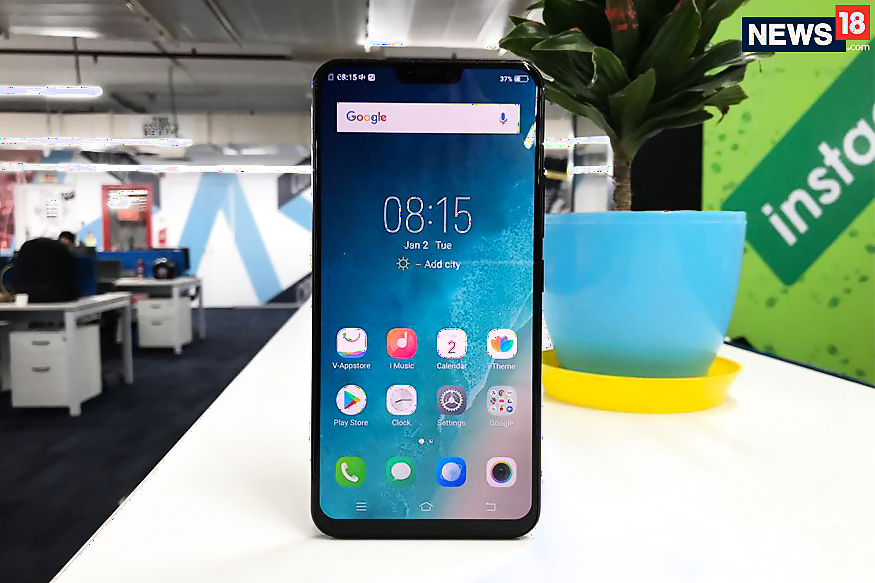
All in all, the Vivo X21 is a power horse when it comes to smartphones and delivers a wholistic experience to its users. With industry first features in its display and the latest technology in its cameras and performance enablers, the smartphone is certainly capable of catering to any type of user needs and wants.




















Comments
0 comment